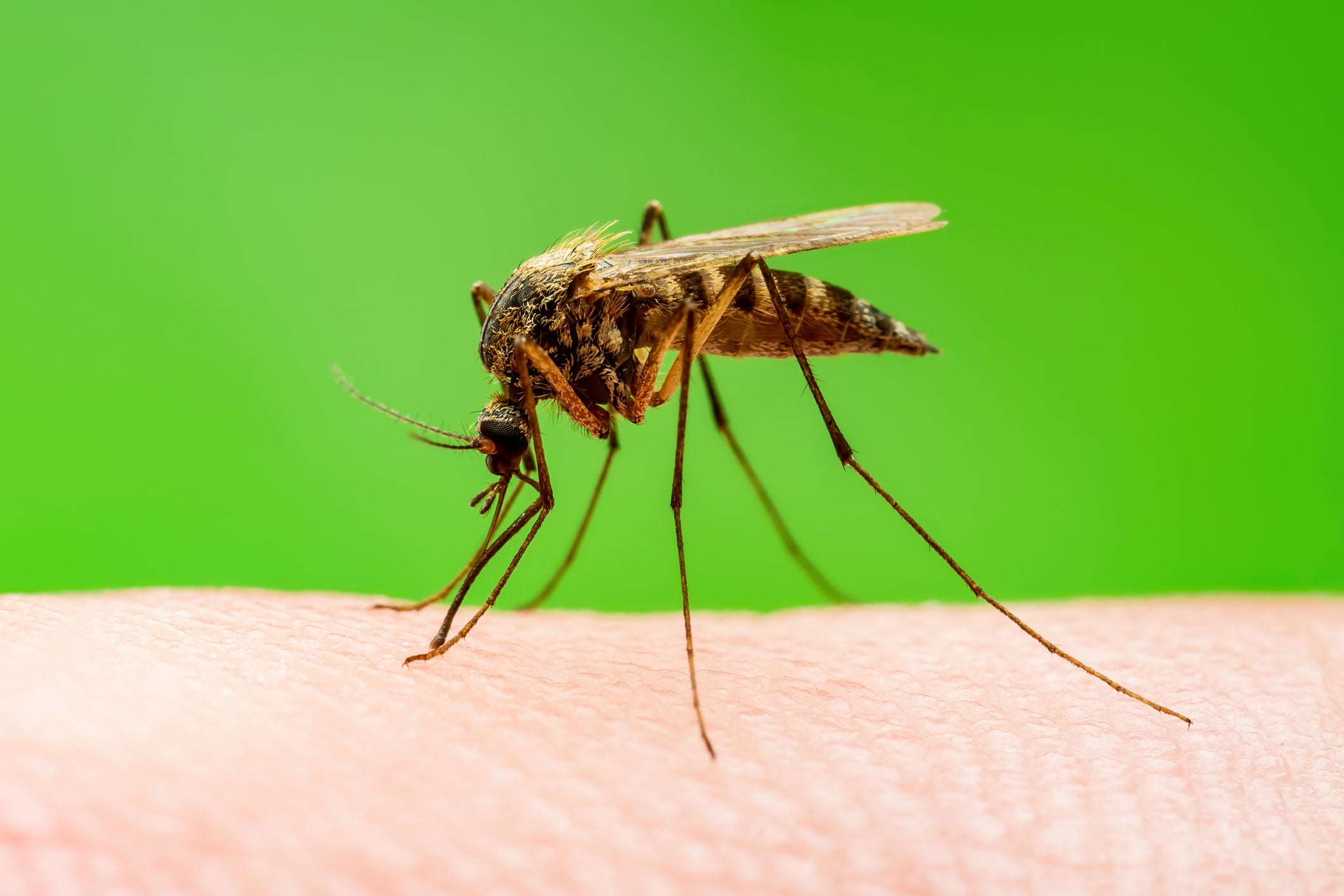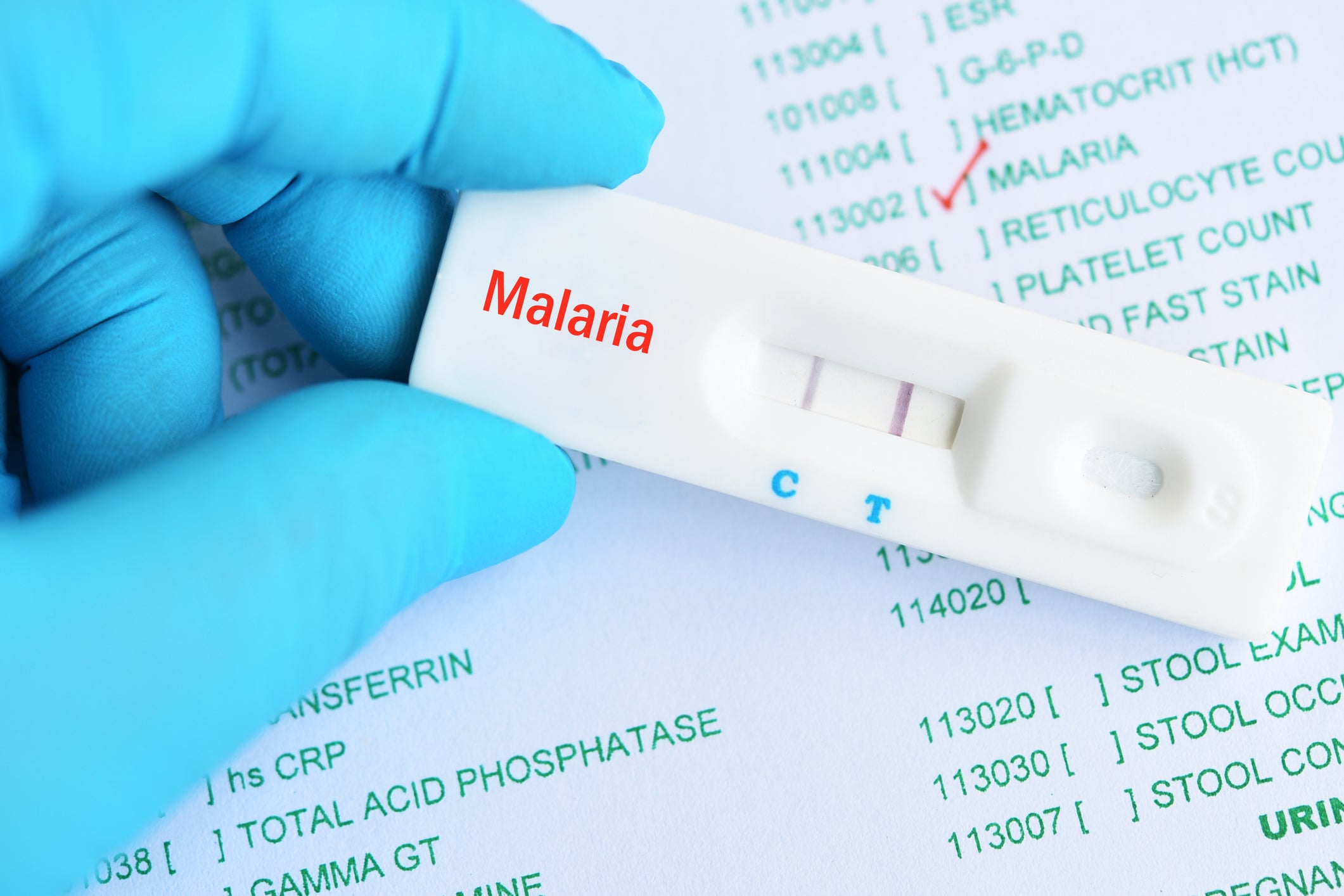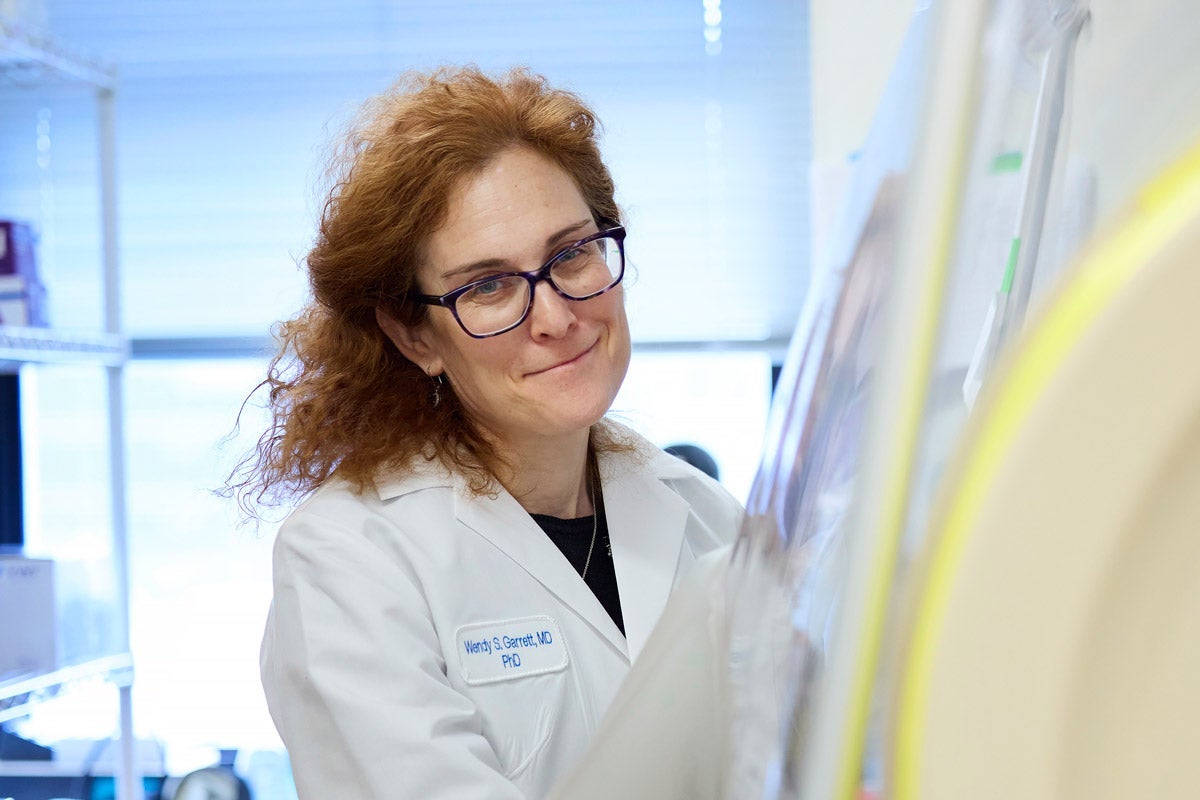U.S. early warning system aims to track emerging health threats

April 18, 2022 – Since August 2021, Marc Lipsitch, professor of epidemiology and director of the Center for Communicable Disease Dynamics at Harvard T.H. Chan School of Public Health, has been working to strengthen the U.S. early warning system for health threats as director for science at the CDC’s Center for Forecasting and Outbreak Analytics (CFA). Lipsitch and others were scheduled to discuss the CFA’s work at a White House summit on April 19.
Q: How have you and your colleagues gone about building the CFA over the past few months?
A: What we aspire to do is to take the best science and the best techniques and apply them rapidly to help decision makers respond to emerging health threats. Right now we’re still a small team of about nine people, but the plan is to ramp up to 100 to 150.
We started in August to think about what the criteria for success for the CFA would be and how we would structure it to meet those success criteria. We did a lot of strategic planning and thinking. We decided to divide our efforts into several teams. The “predict” team is the group that will do the analytics, forecasting, and modeling. The “inform” team is designed to make sure that what we find and model is available in a timely and user-friendly way to decision makers at the federal, state, and local levels. The “innovate” team will work with partners in academia and the private sector to push the science of modeling forward.
Q: Was your team involved in responding to the Omicron wave?
A: When Omicron came, that interrupted our planning. Even though we were a small team, questions came up that needed addressing—about Omicron’s severity, its importation into the United States, timing of the likely wave, and other questions.
Like everybody in our field, we were watching what was happening in South Africa, where Omicron first emerged. Researchers there were producing very detailed and concerning data about the rise of Omicron. Starting around Thanksgiving and going into December, we worked with a modeling team in the Office of the Assistant Secretary for Preparedness and Response in the Department of Health and Human Services. We generated scenario models for what might happen, to provide warning to officials about the likelihood of a January surge. We were able to say that something big was coming and to do it in a way that gave a specific time frame—allowing people to understand that the surge wasn’t months away, but weeks away.
It became clear that Omicron was going to lead to lots and lots of cases, but it wasn’t clear how severe those cases would be. The data from South Africa was somewhat reassuring, but it felt important for the U.S. to have its own data. So Rebecca Kahn—senior scientist at CFA and a Harvard Chan School postdoc—and I spent a lot of time looking to see if there was a place that could evaluate clinical severity in a rapid fashion. We ended up partnering with the Kaiser Permanente Southern California healthcare system. They had exceptionally good data. It turns out they had a way of distinguishing Omicron from prior variants, mainly Delta, based on the particular PCR test they used. We also worked with Joseph Lewnard, my former postdoc at the Center for Communicable Disease Dynamics and now a faculty member at Berkeley, who had a pre-existing relationship with Kaiser Permanente with data use agreements in place. I wrote to him around the first week of December, and he and the Kaiser team were producing initial analyses of the data by the end of December, and we had a preprint that CDC Director Rochelle Walensky presented at a White House press conference in the second week of January. The analysis showed that Omicron infections, compared with Delta infections, were linked with substantially reduced risk of severe outcomes and shorter hospital stays.
So, in something like 40 days we went from idea to results—which, by the standards we’re used to, is pretty quick. We did the study partly because there was an acute need and partly as a demonstration of what could be done if we were fully resourced and able to have collaborations ready to go, like those we had with Kaiser Permanente and Lewnard.
We’re now in the process of doing a similar analysis regarding the relative severity of the BA.2 Omicron subvariant. That same PCR test used by Kaiser Permanente can distinguish BA.1 from BA.2.
Q: What are your thoughts on how the pandemic will play out in the coming months and years?
A: We are in different territory from other diseases that we know about. For instance, COVID is different from flu in several important respects. With the flu, new variants arise and spread every few years, but with COVID, it’s been every few months. Whether that will continue is unclear.
COVID, with the newest variants, is also far more contagious than flu. And immunity from vaccines and prior infection wanes at a rate that is higher than other non-flu diseases that we have vaccines for, such as measles, mumps, and rubella. The COVID vaccines have been quite strong over time against severe disease, but the combination of new variants and time passing has reduced the effectiveness of vaccines against transmission.
So the current state of COVID is that there’s no guarantee that this will be a seasonal infection like the flu. When a new variant arrives, it has an open field to spread, especially if it has immune-evading properties.
That doesn’t mean that it will go on like this forever. There’s the likelihood that as people’s immune systems encounter more and more variants and people are infected and survive that infection, we will build up immunity to severe outcomes. In a pandemic you have highly vulnerable people, many of them quite aged, who’ve never seen the virus before, because it’s a novel virus. But if you imagine 10 years from now, the people turning 60 will have spent their 50s being exposed to SARS-CoV-2, and the people turning 70 will have spent their 60s being exposed, and so on. In that way, more of people’s lives will have involved this virus, which should make it less dangerous over time.


